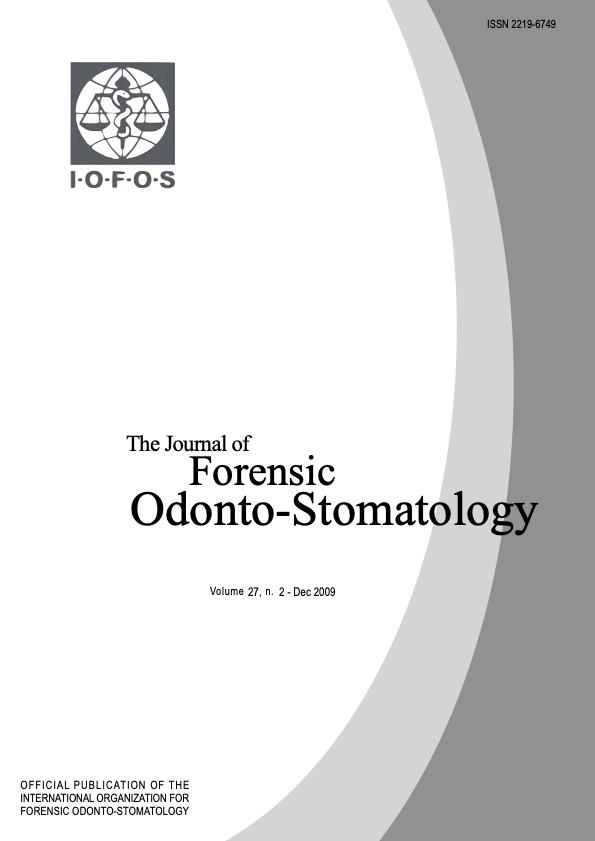Development of the Australian society of forensic odontology victim identification odontology guide
Abstract
The need for documented procedures and protocols are important in every specialist group to ensure a consistent service to the community. They provide guidance to members of the specialist group about responsibilities and appropriate practices, and confidence to the community that the services are of the highest possible standard. In a Disaster Victim Identification (DVI) incident, by enabling the process to be audited, they also serve to ensure that identifications are reliable.1
Following the Bali Bombings of 2002 and the 2004 Asian Tsunami the Australian Society of Forensic Odontology recognised the need for a practice guide to assist the management of their members in DVI incidents. 31 members of the Australian Society of Forensic Odontology participated in the development of a guideline document for Disaster Victim Identification using a Delphi based model.
The advantage of using the iterative Delphi process is that it encouraged participants to think about the processes used in the forensic odontology aspects of a DVI incident and their expectations of a guiding document.
The document developed as a result of this project is comprehensive in coverage and places the Australian Society of Forensic Odontology at the vanguard of professionalism in the forensic odontology and DVI community.

